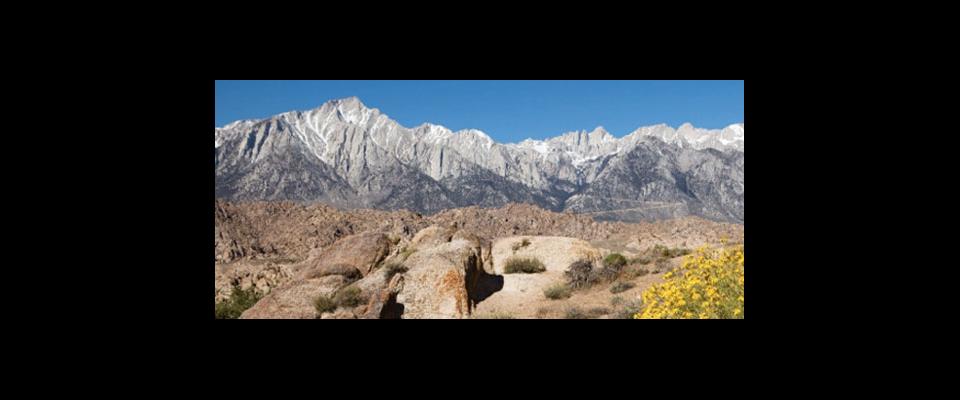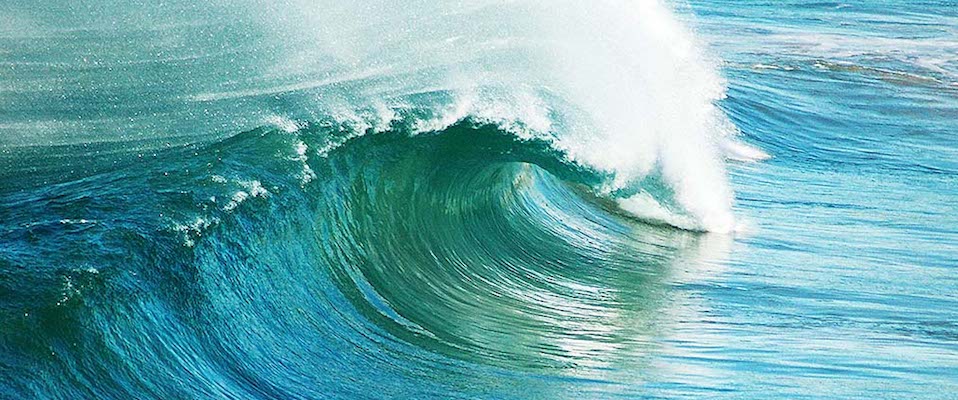The United States power grid is one of the engineering wonders of the world, a massive network of towers and cables that spiders the entire country and has the capacity to instantaneously deliver about a million megawatts of power to the lower 48 states. In California, that engineering wonder meets the wonder of nature: From platforms that cut through evergreen forests to the lonely towers that carry on through the desolation of the Mojave Desert, the reminders of our energy use are a familiar, ubiquitous part of the landscape.
In May, Jeff Jacobson set out to photograph the grid and the land surrounding it. He started just south of the Oregon border, at the northern end of the major transmission line that runs through California. This line, generally administered by the California Independent Systems Operator, runs north–south through the heart of the state, carrying 500,000 volts to substations that ramp the power down and distribute it via thousands of capillary-like minor lines to the far corners of California.
Connecting hundreds of power plants, in and out of California, the grid has to adjust and match the demand for energy. The seemingly simple tower-and-wire structures Jacobson followed through the Central Valley and into San Francisco are in fact a construction of almost infinite complexity.
Summer heat means high demand in Southern California, so the power generally flows in the direction of Jacobson’s path: from excess-supplying hydroelectric plants in the Northwest through the Central Valley to Los Angeles, San Diego, the Inland Empire, and the desert.
In Northern California, the grid runs through forests and mountains before funneling into the Central Valley. Jacobson fended off eagles perched on platforms near Copco Lake (“They were checking me out no less intensely than I was them,” he says) and stopped to watch cows grazing around the steel towers, with Mt. Shasta as a backdrop.
South of Los Angeles, Jacobson followed the grid east through the Mojave Desert. Late one afternoon, he says, he found a “fantastical landscape” that captured the juxtaposition of man and nature: “mountains framing bands of yellow, pink, and purple sky, with a piece of the grid marching through.”




















